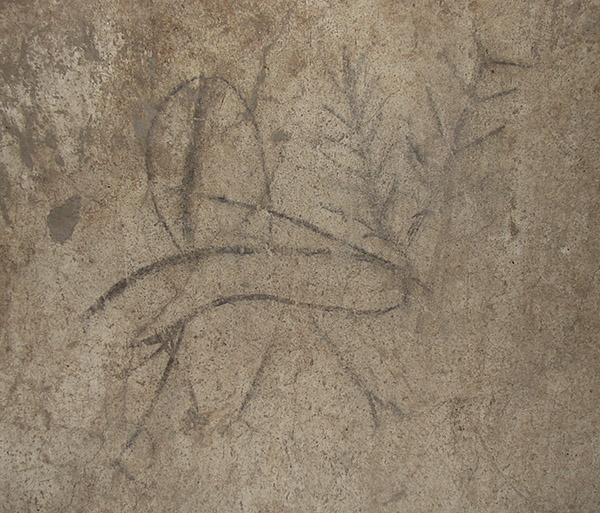July 2022 (126.3)
Article
Qui carbone rudi putrique creta scribit: The Charcoal Graffiti of Herculaneum
This article analyzes the types, locations, and visual characteristics of charcoal graffiti from Herculaneum. This type of ancient inscription has been largely ignored in scholarship since the delicate medium has left many of these charcoal graffiti with uncertain readings, and few remain extant. I show that while charcoal graffiti were produced differently than inscribed graffiti at Herculaneum, the types of messages are similar. Yet the size, paleography, and visual impact differ dramatically between the two production methods. Charcoal graffiti were typically much larger than their inscribed counterparts, which, I suggest, resulted in their being written (or being allowed to be written) in different areas of the city. Using archival research on the field notebooks of Matteo Della Corte, the epigrapher who first documented the graffiti from Herculaneum, I examine the paleography, aesthetics, and visual impact of these charcoal graffiti. His line drawings provide, in many cases, our only glimpse into the layout, handwriting, design, and visual impact of the charcoal graffiti. While few, the charcoal graffiti of Herculaneum illustrate a class of inscriptions that was likely ubiquitous in the ancient world and provide important insights into the epigraphic fabric of the city.
More articles like this:
Inscriptions • Epigraphy • Roman Period • Material Culture • Italy > Campania